Same Day Flowers To All Locations In Europe & The U.K
8 Plant Care Tips for First-Time Plant Parents
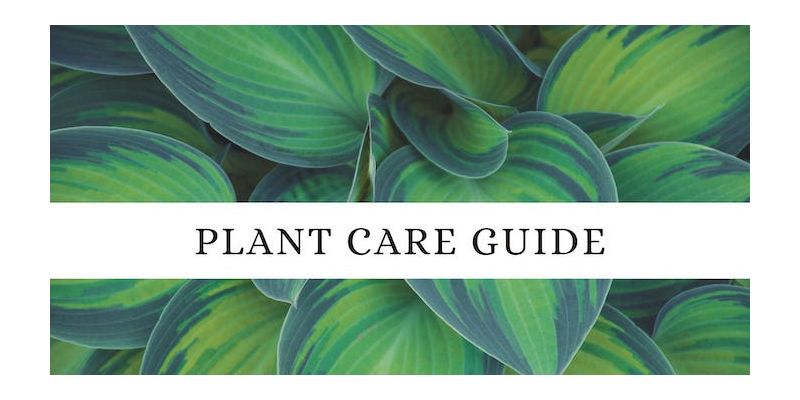
Congratulations and welcome to plant parenthood! Be prepared as it will be a fun and exciting time, but it sure comes with responsibilities. You’ve brought an air-cleaning, productivity-boosting, and mood-enhancing living being that connects you to nature under your care so you must do your homework. Plants need to be grown and handled appropriately so you can keep them happy, healthy, and thriving. Don’t worry too much, though. We’ve weeded out the best plant care tips so you can give your plant baby (or babies) the best care possible.
1. Get your supplies ready.
Aside from the pot, potting soil, and watering can, you can equip yourself with a few more helpful things to make plant parenting easier and more enjoyable. A plant drip tray is essential for indoor plants as it collects excess water that drains from the pot. You wouldn’t want water spilling onto your carpet, floor, or furniture, right? Some pots come with plant saucers but you’re free to use or repurpose plates or shallow bowls.
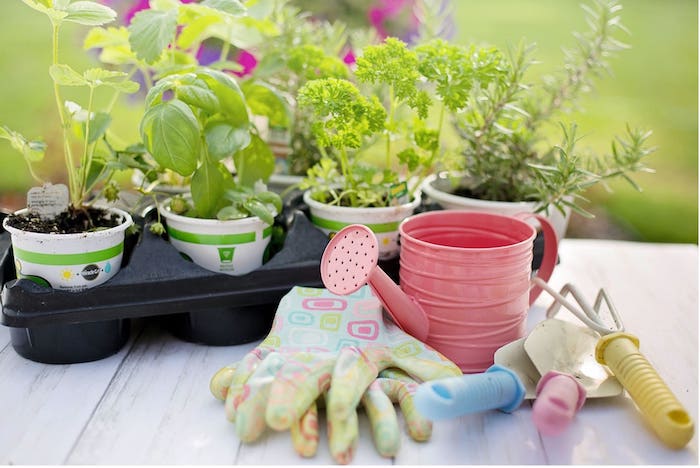
A good pair of gardening gloves will also be helpful. Protect your hands and nails not just from cuts and scrapes but also from nasty infections that you can get from fungi, bacteria, and microorganisms that grow on soil.
At some point, you’ll need to prune your plants so a pair of pruning shears may come in handy. You can also get by with a good pair of scissors specially if you’re just starting with plants with soft stems.
A spray bottle can help prevent overwatering and will be useful in many gardening tasks including pest control, plant leaf cleaning, and seedling care.
2. Work with the light in your space.
Don’t skip this tip especially if you’re tight on space. Plant parents who are also small-space dwellers need to carefully choose the plants they’ll bring home.
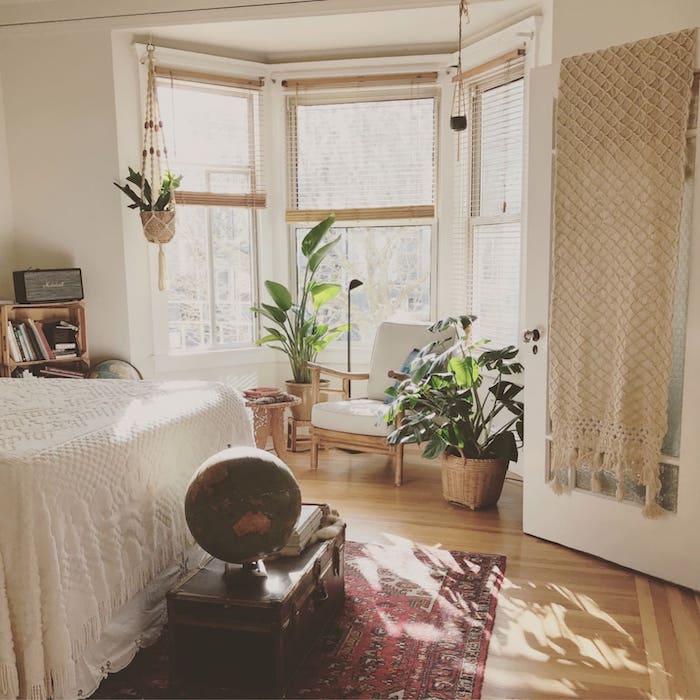
Remember, light and water can make or break a plant so consider plants that will thrive under the light that’s available in your space. You can easily adjust the water you’ll provide for your plant but it will be challenging to control the amount of natural light your space receives.
3. Don’t be scared to feel the soil.
What is healthy soil? How does it look and feel like? This you need to know.
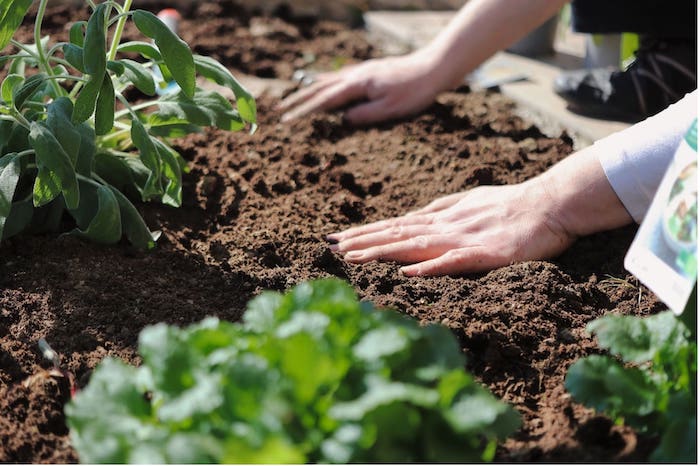
If the soil of your indoor plant becomes clumpy, immovable, and hard, it’s compacted and must be loosened. Compacted soil prevents proper airflow, water flow and nutrient flow. Use a chopstick to poke, break, and loosen the soil up then add some aerating materials like perlite or peat moss.
When the potting soil dries out and becomes too hard even when you regularly water the plants, your soil may contain a lot of clay. Add a layer of mulch to ensure moisture.
To check the soil’s moisture content and see if it’s time to water, poke your finger into the soil. Your plant’s soil is dry and needs watering if the first two inches feels dry to the touch.
4. Know the right way to water.
Experts say it’s better to underwater than overwater. So, resist the temptation to “water it a little” each time you pass by it. Get to know your plant and set a watering schedule or ditch the sked altogether and simply check the soil.
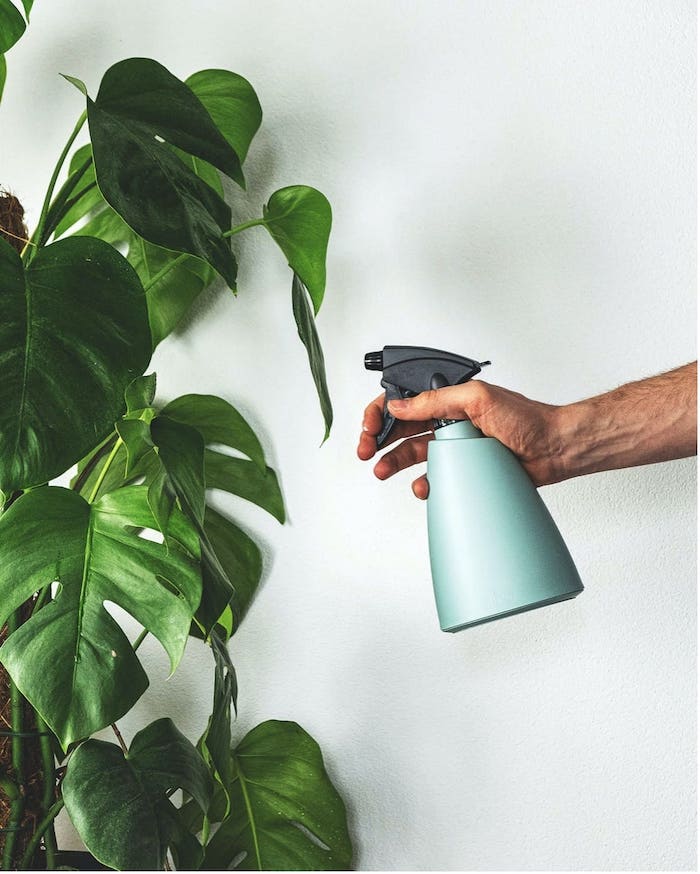
Remember to pour water directly on the soil just around the base of the plant. For air plants, water through the leaves. Water deeply rather than lightly and frequently to allow the roots to grab a drink. Watering deeply means slowly watering your plant until water runs through the soil.
5. Know the best time to water.
Water in the early morning or in the evening when water is able to soak deeply into the soil with less water lost to evaporation. Midday watering can be wasteful because of rapid evaporation.
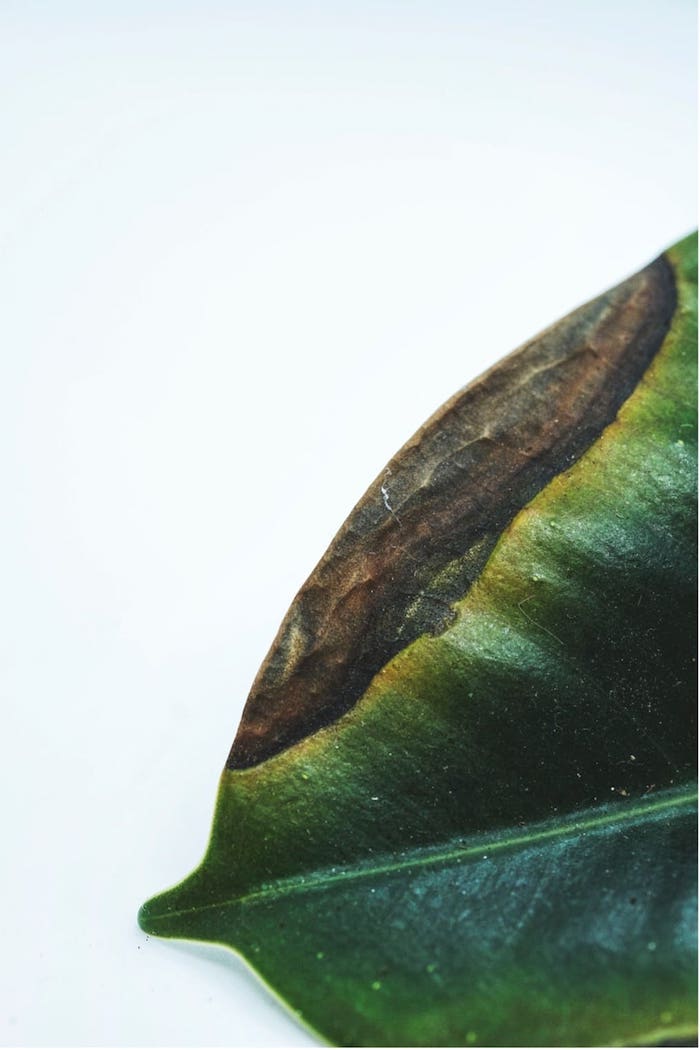
6. Keep an eye out for bugs.
Inspect the plant, particularly the leaves, closely for signs of insects or disease. Identify the bug so you know what’re dealing with. Don’t forget to quarantine the infected plant right away to prevent the spread of disease.
7. Don’t be afraid to prune.
Just like everything in life, you must know when to let go. The old-growth must go in order for your plant to grow healthy. Remove dead and damaged leaves, stems, and flowers to discourage pests and diseases. Provide your plant’s leaves with enough space and airflow so prune when it gets too crowded.
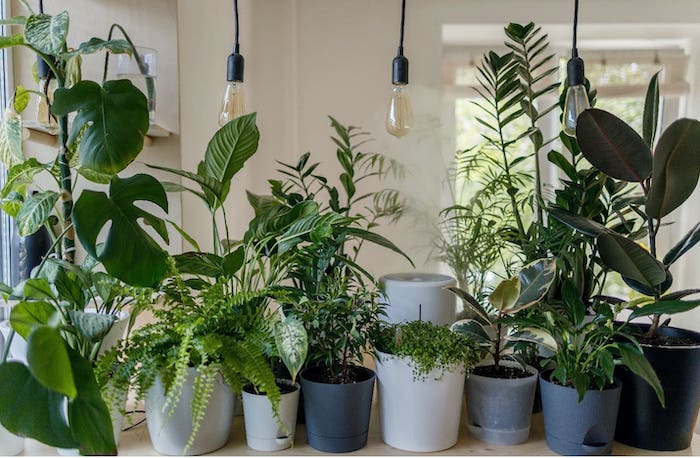
8. Give it some TLC.
Go ahead and spoil it. Give each one a name. Don’t be afraid to treat your plant like a friend. Greet them once in a while. Talk or sing to your plant. Clean your plant to remove accumulated dust on leaves (just wipe the leaves down one by one using a soft or damp washcloth). Give it a proper bath, in the shower, if you want to. They’ll love the gentle rain, steam, humidity, and moisture boost.
